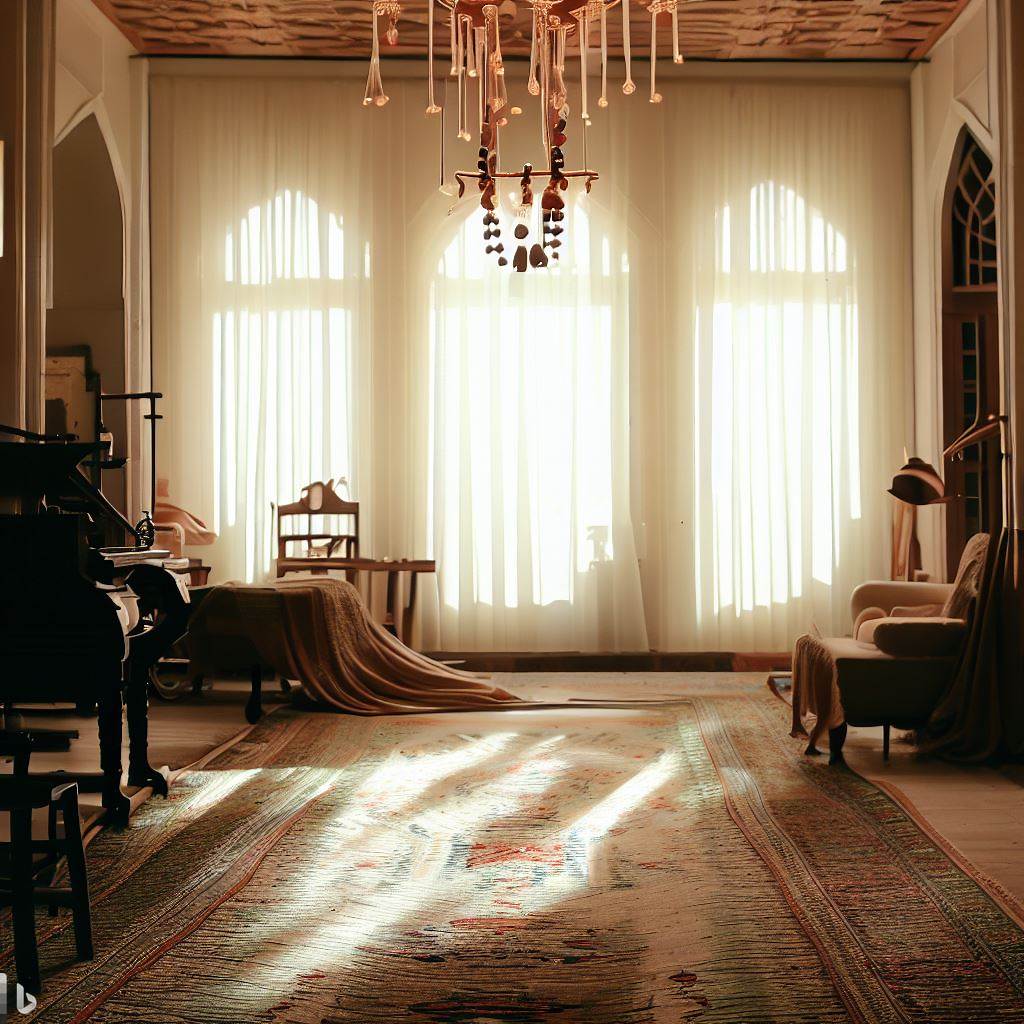The Rug Making Renaissance: Reviving Traditional Weaving Techniques
Amid mass-production, rug artisans worldwide are spearheading an artisanal resurgence by returning to ancient heritage construction methods and natural materials. This revival celebrates cultural roots and quality craftsmanship. Seeking mentoring in time-honored techniques like nomadic knotting, natural dyeing, and hand spinning, a new generation of weavers gets initiated into cherished rug making legacies adapted to modern lifestyles. Drawing from the past while looking to the future, the craft lives on. This piece explores what is driving this contemporary rug making renaissance.
Reasons for Renewed Interest in Traditional Rug Making
Several factors motivate this revival:
Preserving Cultural Traditions
Teaching endangered techniques like Finnish Rya knots or Mamluk carpet motifs to new artisans preserves cultural diversity and connects people to their roots through generational crafts.
Sustainability Ethics
With eco-consciousness permeating design fields, utilizing natural dyes, recycled textiles, and artisanal production aligns with green values. Heritage skills become relevant.
Quest for Quality and Authenticity
In our mass-produced world, handcrafted rugs made slowly with care stand out. Consumers increasingly value human artistry and traditional appearances that machine made imitations lack.
Meaningful Livelihoods and Legacy
Weaving provides self-sufficiency and purpose while passing knowledge to future generations. Rug making secures family and village legacies.
Tactile Antidote to Digital Lifestyles
As life moves increasingly online, traditions like rug making satisfy our innate need for tangible creative endeavors and connects people through ancient crafts.
Artistic distinguishing factor
With specialization, rug makers build reputations for their mastery of specific regional techniques from Kilim tapestries to Moroccan shag rag rugs. This wins commissions.
Heirloom Techniques Seeing Renewed Interest
Diverse methods are being revisited by apprentice weavers:
Nomadic Flatweaving
Folksy Kilim, Jajim, and Soumak tapestry techniques woven by nomads for portability and function inspire new geometric flatweave rugs for modern Bohemian decor.
Traditional Vertical Loom Weaving
Sheep’s wool rugs with long shaggy piles get woven again on large upright looms just like Norwegian Ryas or Moroccan Beni Ourain carpets, bringing back warmth and coziness.
Natural Dyeing Craft
Seeking nuanced colors, weavers hand gather plants, insects, rocks to naturally dye fiber using traditional mordants. These efforts revive use of sustainable regional resources.
Obscure Regional Knots
Artisans study specific tribal knots like the Romanian Transylvanian knot and South Persian Qashqai to repopularize niche techniques in fusion contemporary rugs.
Hand Spinning Local Wools
Raw fleece gets hand washed, carded into roving, and spun into lofty yarns using drop spindles to reclaim control over rug material origins and eliminate waste.
Felting
Wet felting is back – washing, massaging, and agitating wool by hand results in popular solid rugs with hazy stripes, lively textures, and soothing undyed neutrals when artisanally felted.
How Artisans Put Traditional Skills to Modern Use
Rug makers reinvent heritage for today by:
Design Updates
Weavers give vintage regional motifs refreshed scale, colorways, and layouts to complement modern interiors while honoring cultural roots. Tradition feels current.
Customization
Clients collaborate on rug cartoons with weavers, personalizing everything from size to fiber types and meaningful motifs. Rugs become unique artistic investments.
New Materials
Adding modern yarns like velvets, recycled textiles, or high-tech wool blends combines old and new. Natural latexes replace petroleum dyes. Unexpected materials get incorporated.
Fresh Color Palettes
Vintage rug palettes see modern updates like Scandinavian mid-century brights or mineral tones and neutrals that feel contemporary. Classic hues feel new.
Experimental Shapes
Octagons, circles, diamonds, and fresh freeform asymmetrical shapes give heritage methods avant-garde appeal. Modified looms facilitate explorations.
Sculptural Finishings
Beyond flat rugs, artisans make dimensional art merging weavings with embroidery, hand carving, appliques, and unexpected objects for multimedia fiber sculptures.
Success Stories of Heritage Techniques Finding New Life
Notable renaissances showcase revival power:
Zapotec Weavings Reborn in Mexico
In Teotitlán del Valle, young weavers resurrected ancient Zapotec rug motifs and methods from surviving fragments, now handweaving collectible geometric wool rugs exported worldwide. Their culture thrives.
Kilim Revival Across Balkans
Faded village practice of flatweaving knotless Kilim tapestry rugs saw renewed popularity due to booming international demand and artisans mentoring aspiring youth weavers.
Shetland Knitwear Traditions
After waning popularity of Fair Isle island knitting traditions, new wave artisans reinvigorated niche techniques by infusing fresh patterns and collaborating with luxury fashion houses.
Navajo Blanket Revival
Near extinction in the 19th century, Churro sheep were reintroduced to Navajo lands allowing weavers to once again produce prized high quality boldly patterned wool Chief blankets using natural dyes, restoring cultural legacy.
Norwegian Ryas Repurposed
Mothballed vintage Norwegian rya weaving looms saw renewed action crafting updated shaggy rugs in new colorways thanks to enterprising designers partnering with weavers to bring back Scandinavian heirlooms.
Tradition continually inspires innovation. By honoring heritage and mentoring emerging talent, rug making masters shepherd ancient arts into the future. Each handmade rug repurposes meaningful threads of culture into works of art that enrich our homes and connect humanity.
